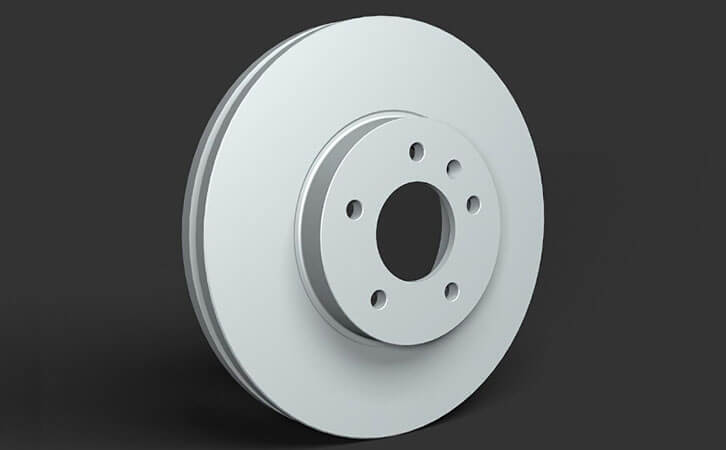Paint Thickness Tester | What Factors Directly Affect the Coating Quality?
1. Factors affecting the uniformity of coating thickness
If the sputtering of the magnetron on the entire target surface is uneven, coating thickness will be uneven. Therefore, when designing the magnetron source, arrange the magnet structure reasonably so that the magnetic field strength at the side or at both ends is greater than the magnetic field strength at the middle. The distribution of film thickness can be improved. There are various movement modes of the plated part relative to the magnetron source, which should be determined according to the shape of the magnetron source. The planetary mechanism has a uniform film formation, good step coverage and a large load of plated parts, which is often used. Select the relative position between the magnetron source and the plated part so that the probability of each surface being sputtered is equal.
2. Factors affecting coating stress
Different materials have different coefficients of thermal expansion. The smaller the difference between the thermal expansion coefficient of the coating material and the plated part, the smaller the coating stress due to temperature changes. The better the toughness of the metal or alloy, the lower the deposited coating thickness .
The coating stress decreases with the increase of the vacuum degree. When the partial pressure of argon gas during sputtering is lower than 0.13Pa, the coating generally does not generate stress.

The incident angle between the sputtered particles and the plated part is less than 15 ° and no stress cracking will occur. After more than 15 °, the stress cracking of the coating increases with the increase of the angle.
Heating of plated parts is one of the main causes of stress cracks. Therefore, the temperature of plated parts is generally controlled below the critical temperature at which cracks occur.
3. Factors affecting coating reflectivity
Generally, the larger the sputtering rate is, the higher the reflectivity of the obtained coating is. But the reflectivity of different metal coatings is different from the sputtering rate. The optimal sputtering rate should be determined through experiments. The lower the surface roughness of the plated part, the greater the coating reflectivity and vice versa. The reflectivity of the coating decreases with the increase of film thickness. The degree of influence on different metal materials is different. The reflectance of general coatings decreases sharply with the increase of argon pressure. Therefore, the argon partial pressure should be controlled in the range of 0.40 ~ 0.53Pa.
4. Coating thickness measurement
To measure coating thickness, a paint thickness tester is required. Different industries have different requirements for paint thickness testers. Their models are also different. Generally speaking, for higher accuracy and better repeatability, the paint thickness tester is helpful for manufacturers to judge the problems in the process through abnormal film thickness data. Whether the raw material is faulty or the spraying equipment is faulty, try to reduce it as much as possible. Product quality defects enter, so as to achieve the purpose of quality control. The Linshang LS223 paint thickness tester is equipped with two probes, F3N3 and F5N3. The measuring ranges are 0-3000μm and 0-5000μm, respectively. The instrument has the following characteristics:
(1) The instrument is simple in design. No calibration, just simple zero adjustment is required for the measurement.
(2) The paint thickness tester uses a ruby probe, which is durable and corrosion-resistant.
(3) Under the Fe / NFe mode, the instrument can automatically identify the measurement substrate. The paint thickness tester can quickly and automatically switch the measurement mode.
(4) The paint thickness tester's probe adopts advanced digital probe technology. The measurement data is not easily interfered to ensure the measurement accuracy.
(5) The host and probe of the portable paint thickness tester adopt a separate design. The LS223 host can freely switch between 3mm and 5mm probes with different ranges.
- High precision coating thickness gauge for used car
- Automotive paint protection films coating thickness gauge
- Plating Thickness Measuring Instrument for Detecting Anti-corrosion Coating
- Linshang LS220, LS191, LS160A– Necessary for Car Cover Inspection
- Coating Thickness Gauge for Second Hand Vehicle
- Zero Adjustment Step of Coating Thickness Gauge
